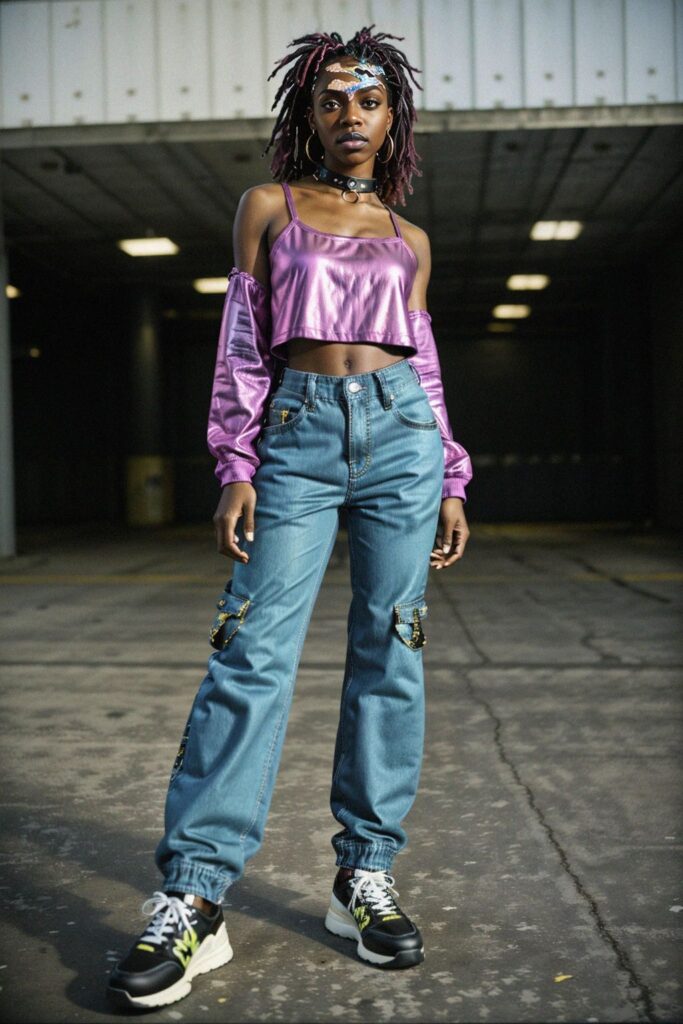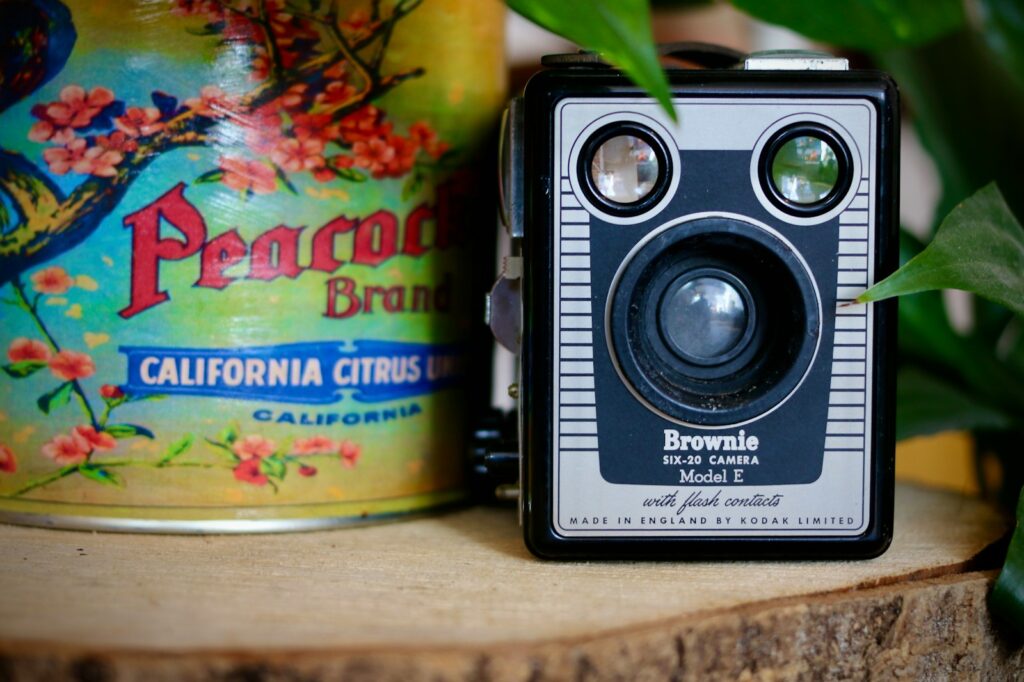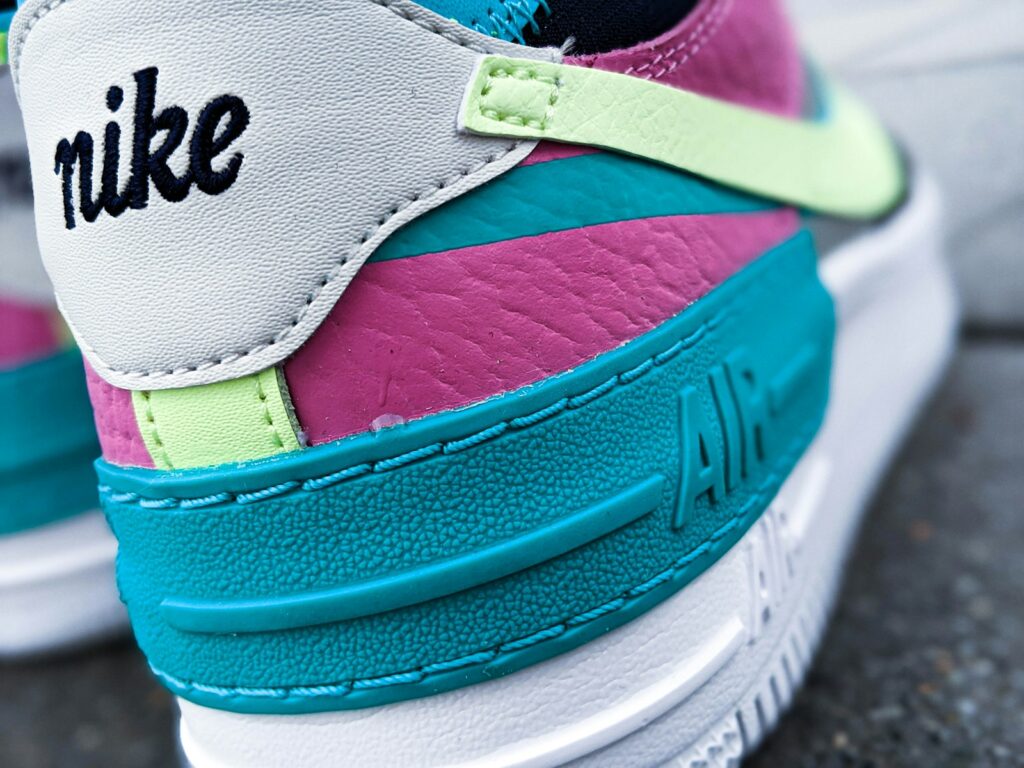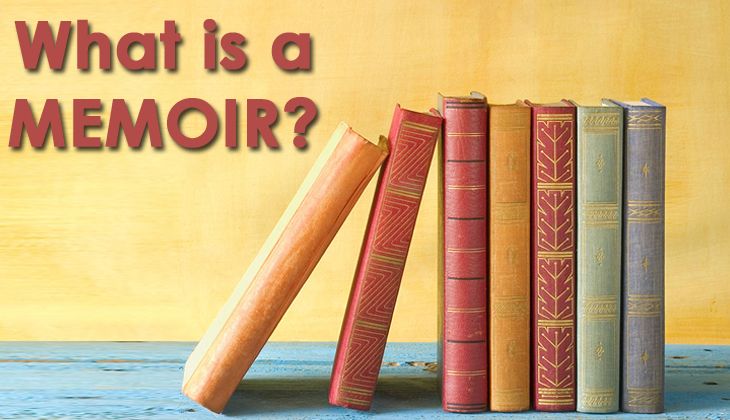The 2000s, often remembered as the “noughties,” were a wild ride of technological revolution, questionable fashion choices, and cultural shifts that still echo in our lives today. It was a decade of rapid change, where groundbreaking innovations rubbed shoulders with trends that burned brightly before fading into the annals of history. We saw the dawn of new digital eras, watched beloved technologies get swept aside, and sported outfits that, let’s be honest, might make us cringe just a little now. This era, a bridge between the analog past and the digital future, fostered a unique landscape of products, trends, and societal norms that were utterly distinct.
But beyond the widely celebrated hits like the PlayStation 2 or the rise of Big Tech, there’s a treasure trove of ’00s phenomena that only a true connoisseur of the decade would remember with vivid clarity. These aren’t necessarily outright failures in the traditional sense, but rather “flops” because they either vanished completely, were quickly superseded by superior alternatives, or represented fashion statements that, thankfully, didn’t stick around. They are the forgotten relics, the nostalgic footnotes that define the unique charm and occasional absurdity of the era, waiting for a true collector to appreciate their fleeting glory.
So, buckle up your low-rise jeans and grab your flip phone, because we’re about to embark on a quest to unearth some of the most memorable, yet now vanished, elements of the 2000s. From the tech that paved the way for our modern world to the fashion that left an indelible, if sometimes puzzling, mark, prepare to have your memory jogged. Can you spot these true collector’s items of a bygone era, the things that truly define what it meant to live through the turn of the millennium? Let’s dive into the first seven, starting with a classic format we barely see anymore, a testament to how quickly technology moves.
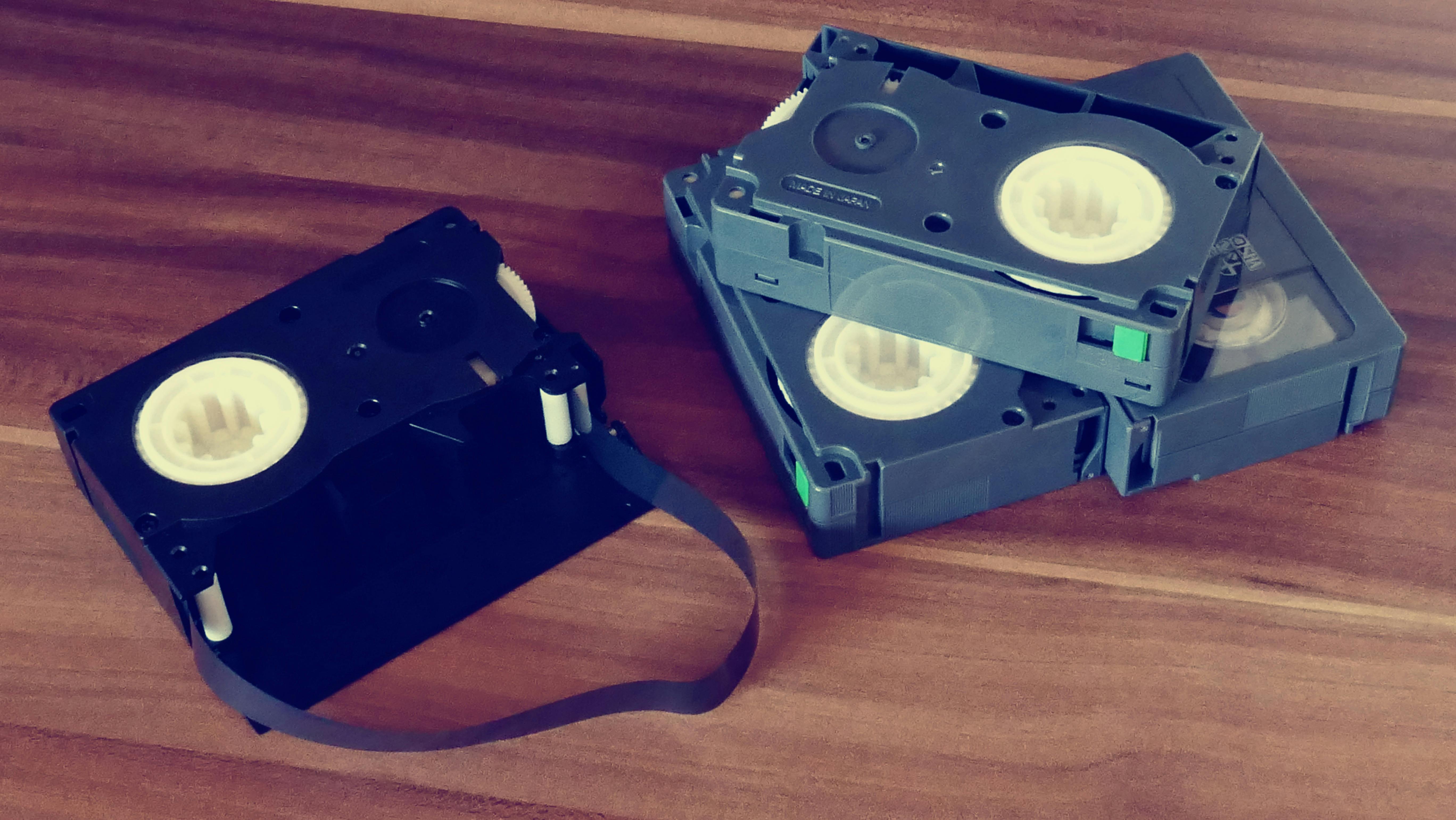
1. **Videotapes (The Fading Era of VHS)**Before streaming services delivered content directly to our screens, and before DVDs offered a clearer, more compact viewing experience, there was the humble videotape. For many, the early 2000s still involved a ritualistic trip to the video store, browsing shelves filled with VHS tapes. These clunky cassettes, prone to wear and tear, represented the primary way families consumed cinematic entertainment outside of theaters.
The VCR, the machine required to play these tapes, was a staple in living rooms across the globe. Rewinding tapes, adjusting tracking, and the occasional battle with a tangled film reel were all part of the unique, if sometimes frustrating, user experience. It was a shared cultural experience, from renting the latest blockbusters to recording TV shows off the air.
However, the writing was definitively on the wall for videotapes by the turn of the millennium. The context explicitly states that “By the early 2000s, DVDs had begun to eclipse the use of videotapes, which in some regards were still somewhat prevalent.” This rapid shift wasn’t just about convenience; DVDs offered vastly superior picture and sound quality, interactive menus, and exciting “special features” that VHS simply couldn’t compete with.
The transition was swift and remarkably decisive. While videotapes held on for a fleeting moment, their prevalence quickly diminished as DVD players became affordable and widespread. Today, spotting a functional VCR or a stack of VHS tapes is akin to finding an archaeological artifact. It marks a definitive ’00s “flop” in terms of its endurance, making those dusty tapes a true collector’s item for anyone nostalgic for the tactile past of home entertainment.

2. **Flip Phones and Keyboard Phones (Pre-Smartphone Pioneers)**Ah, the flip phone! A quintessential icon of early to mid-2000s communication, perfectly captured by the sleek image of the Motorola Razr V3i. Before the era of monolithic smartphones, the satisfying snap of closing a flip phone signaled the end of a call. These devices, along with keyboard-equipped brethren like BlackBerrys, were the undisputed epitome of mobile tech and social connectivity.
They weren’t just practical tools; they were potent fashion statements and symbols of personal identity. The Motorola Razr V3i, with its incredibly slim profile, quickly ascended to status symbol. Keyboard phones, like BlackBerrys, catered to the burgeoning need for mobile email and efficient text messaging, making them indispensable for both business and social connections. The physical keypad offered a distinct typing experience many users still fondly recall.
The user interface was a universe apart from today’s intuitive graphical displays. Navigating through menus with directional pads and small screens required a different kind of digital literacy. Ringtone customization was crucial for personalization, and battery life, often lasting days, was a luxury we now only dream of.
Yet, despite their overwhelming dominance, their reign was inherently finite. The context notes that “By the very late 2000s and mostly 2010s, bar-shaped full-touchscreen smartphones had replaced flip-phones and keyboard phones.” The arrival of groundbreaking devices like the original iPhone unequivocally signaled their demise. These once-ubiquitous devices became almost instant relics, remembered by collectors and nostalgia enthusiasts for their distinctive designs and the specific era they so perfectly defined.

3. **Nokia 1100 (The Forgotten Global Best-Seller)**When we think of 2000s mobile phones, our minds might jump to the glamorous Razr or the pioneering BlackBerry. However, the true workhorse, the unsung hero that quietly became a global phenomenon, was the remarkably unassuming Nokia 1100. Launched in late 2003, it wasn’t about flashy features or internet connectivity. It was about unparalleled reliability, incredible affordability, and sheer widespread adoption across diverse markets.
The statistics surrounding its success speak volumes: “Over 250 million Nokia 1100s were sold since its launch in late 2003 up through 2009, making it the world’s best-selling mobile phone and the best-selling consumer electronics device in the world at the time.” It wasn’t just the best-selling *mobile phone*; it was the best-selling *consumer electronics device, period*. This astounding achievement was a powerful testament to Nokia’s global dominance.
Its design was refreshingly straightforward: a simple monochrome screen, a durable, dust-proof casing, and an integrated flashlight. The battery life was legendary, often lasting for days or even a week on a single charge. It offered fundamental telephony, SMS messaging, and a few basic games like Snake, fulfilling the core needs of mobile users without any frills.
Despite its unprecedented commercial success, the Nokia 1100 has largely “vanished” from our collective consciousness. It stands as a “flop” not due to commercial failure, but in the sense that its profound legacy isn’t celebrated with the same vigor as more innovative devices. Only a true collector of ’00s tech would immediately recognize its monumental significance as the world’s top seller.
4. **Chunky Sneakers (The Bulky Footwear Craze)**Stepping back from electronics and into fashion, one cannot discuss early 2000s style without acknowledging the chunky sneaker. These were emphatically not the minimalist, sleek athletic shoes popular today. Instead, they were substantial, often oversized, and purposefully clunky pieces of footwear that made a definitive statement. The context highlights this pervasive trend, noting that “Throughout the early and mid 2000s, adults and children wore Skechers shoes.”
Skechers, in particular, proved adept at capitalizing on this trend, leveraging celebrity endorsements from pop culture titans of the era. Stars like Britney Spears, Christina Aguilera, Carrie Underwood, and Ashlee Simpson were instrumental in propelling chunky sneakers into mainstream popularity. These shoes weren’t just worn for athletic purposes; they were an integral component of everyday casual wear.
The chunky sneaker aesthetic was often perfectly integrated into the broader fashion narrative of the early 2000s. They were frequently paired with other iconic items, such as baggy cargo pants or low-rise jeans. This completed a look that was both unapologetically casual and, by today’s sleeker standards, remarkably distinct and even a little daring.
However, like so many fleeting fashion trends, the chunky sneaker’s moment in the sun was destined to be finite. The context clearly delineates this shift, noting that “By the late 2000s, flatter and more compact shoes came into style as chunky sneakers were no longer the mode.” This aesthetic evolution marks the chunky sneaker as a definitive ’00s “flop” in terms of its lasting fashion appeal.

5. **Chunky Highlights (The Bold Hair Statement)**Beyond footwear, our hair also underwent some truly memorable transformations in the 2000s. One particular style that stands out vividly is the chunky highlight. Forgetting subtle balayage, the early 2000s enthusiastically embraced bold, distinct streaks of color, often contrasting sharply and intentionally with the base hair tone. The context specifically mentions the catalyst: “Kelly Clarkson made chunky highlights fashionable in 2002 on American Idol and lasted until about 2007.”
Kelly Clarkson, as the inaugural winner of *American Idol*, wielded significant influence over popular culture and prevailing beauty standards. Her embrace of chunky highlights, visible to millions weekly, helped popularize the look. This trend was about making a statement, clearly delineating sections of color rather than blending them seamlessly.
The appeal of chunky highlights extended far beyond just the female demographic. The context explicitly states, “Both women and men highlighted their hair until the late 2000s,” indicating its widespread appeal across genders and various subcultures. Whether it was bleached blonde streaks against dark hair or contrasting colors like red, the look was unmistakable and a defining characteristic of early to mid-decade personal style.
Yet, as with most intense fashion and beauty statements, the chunky highlight began its gradual descent from fashion prominence as the decade wore on. By the late 2000s, hair styling evolved towards more natural-looking color applications and subtle blending. The stark contrast of chunky streaks started to feel dated, superseded by newer techniques. It’s a “flop” because it was a specific, time-bound trend that didn’t gracefully transition into the next decade as a mainstream style.

6. **Y2K Aesthetic (The Millennial Hype Fashion)**The turn of the millennium brought with it a curious blend of anticipation, excitement, and a touch of anxiety, encapsulated by the Y2K bug scare. This fleeting but impactful period, roughly spanning from the late 1990s into the early 2000s, spawned a distinct visual culture known as the Y2K aesthetic. It was a futuristic vision filtered through the nascent lens of emerging digital technology.
The context explicitly describes the origin of this aesthetic, noting it was “named after the Y2K bug scare that caused concern between 1999 and 2000.” Visually, it was a bold declaration of the future, defined by “then-new technology such as the 2001 iPod Classic digital cameras, and fashion such as shiny metallic clothing.” Imagine glossy, reflective fabrics, iridescent accessories, and bright pastels.
Beyond the shimmering fabrics, the Y2K aesthetic manifested in various forms, from technology design to graphic arts. Digital cameras were becoming more accessible, and the iPod Classic, released in 2001, became a symbol of personal tech. The design philosophy emphasized clean lines, transparent plastics, and a sleek smoothness.
However, the Y2K aesthetic, fundamentally built on the fleeting hype surrounding the millennium change, was inherently short-lived as a dominant cultural style. The context highlights its abrupt decline: “This dark, slinky style remained popular until 9/11 occurred and casual fashions had made a comeback once again.” The profound and sobering mood that followed the September 11th attacks shifted cultural sensibilities, moving away from overtly futuristic styles. Thus, it became a significant “flop” in terms of its endurance.
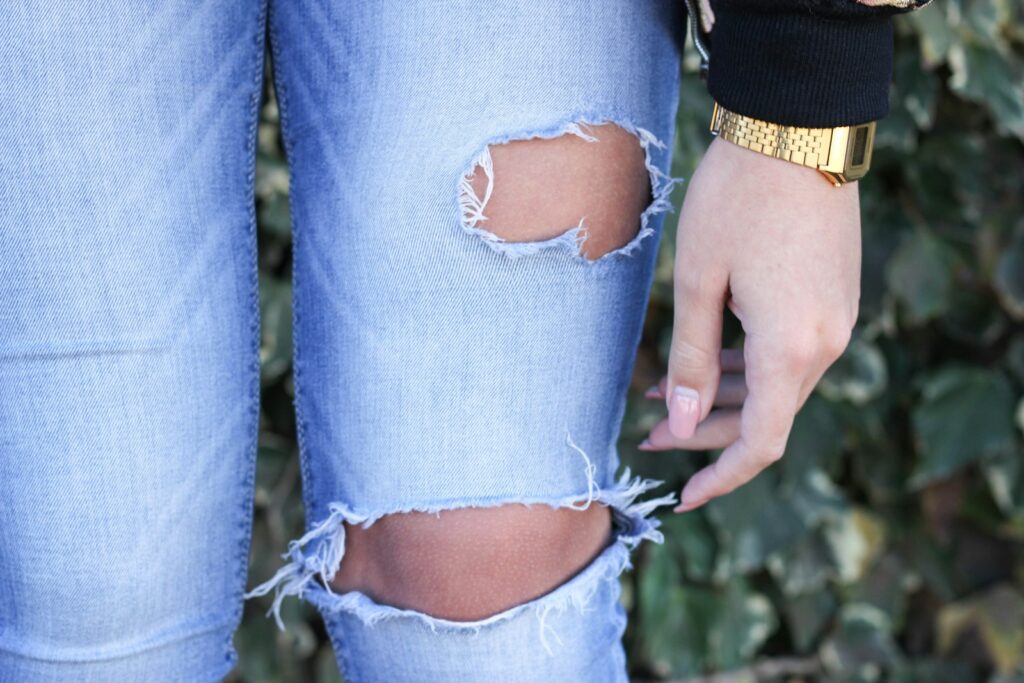
7. **Low-Rise Jeans and Crop-Tops (The Midriff-Baring Mainstay)**If there’s one fashion combination that instantly screams “early 2000s pop star,” it has to be the ubiquitous pairing of low-rise jeans with a coordinating crop-top. This daring duo undeniably dominated women’s fashion for a significant portion of the decade, becoming the unofficial uniform for a generation of trendsetters. The context explicitly notes this widespread popularity, stating, “Low-rise jeans and crop-tops were popular and worn by women in the 2000s, as shown here by pop star Britney Spears in 2003.”
Britney Spears, along with countless other influential celebrities like Paris Hilton (a significant fashion icon of the 2000s), popularized this distinctive look. The lower the rise of the jeans, it seemed, the more fashionable they were considered, often barely clinging to the hips and deliberately exposing the midriff. Crop-tops were designed to complement this revealing silhouette, confidently showcasing the stomach.
This fashion choice was more than just clothing; it was a bold cultural statement about youth, body confidence, and a new wave of celebrity influence. It reflected a carefree, playful attitude often seen in music videos, glossy magazines, and on red carpets. Accessorizing these outfits often involved prominent belts, belly button rings, and specific handbags.
However, this iconic pairing, while incredibly popular, did not maintain its widespread grip on mainstream fashion for much beyond the mid-2000s. As fashion cycles turned, and new silhouettes began to emerge, the widespread dominance of low-rise jeans and crop-tops gradually waned. They eventually gave way to higher waists and different pant cuts. It represents a significant “flop” in enduring fashion, a specific aesthetic tied tightly to its vibrant and distinctive era.
Continuing our journey through the fascinating and sometimes perplexing landscape of the 2000s, we’re now diving into another collection of relics that only a true aficionado of the decade would instantly recognize. From the social media platforms that once ruled our online lives to the sartorial choices that defined an aesthetic, and even the controversial sounds that shaped our music, prepare for another blast from the past. These aren’t just mere memories; they’re the vibrant, if sometimes awkward, threads in the rich tapestry of the noughties.
This next batch of ‘flops’ or ‘vanished’ items perfectly captures the essence of a decade caught between analog and digital, subtle and statement, ephemeral and impactful. Let’s see if your inner ’00s collector can spot these next eight, continuing our countdown of the most revealing—or rather, revealingly *vanished*—elements of that unforgettable era.

8. **MySpace (The Social Media Giant That Fell)**Before Facebook dominated our digital lives, there was MySpace. For a significant portion of the 2000s, this platform was *the* place to be online, especially for teens and young adults looking to connect with friends, discover music, and express their individuality. It was a digital playground where everyone had a profile, a ‘Top 8’ list of their closest friends, and endless opportunities for customization.
What made MySpace so unique was its incredible flexibility. Users could personalize their profiles with custom HTML and CSS, leading to a dazzling array of backgrounds, fonts, and embedded music players that truly reflected their personality (or lack thereof, if we’re being honest). It was a vibrant, often chaotic, hub for creativity, allowing budding musicians to share their tracks and artists to showcase their work long before other platforms caught on. It gave everyone a voice and a stage, even if that stage was covered in glittery GIFs and autoplaying songs.
However, as the context explicitly points out, “MySpace was one of the most popular social media sites in the 2000s but declined after the popularity of Facebook in 2008.” Facebook, launched in 2004 and initially targeting college students, steadily gained traction. By 2008, the tide had unequivocally turned. “In 2008, Facebook surpassed MySpace as the most used social network,” marking a swift and decisive shift in the digital landscape.
MySpace’s fall from grace was swift, turning it from a cultural juggernaut into a nostalgic footnote almost overnight. While it paved the way for modern social networking, its inability to adapt to the cleaner, more streamlined user experience offered by its competitors sealed its fate. Today, remembering the intricacies of MySpace is a true mark of an early internet collector, recalling a time when our online identities were a little messier and a lot more fun.
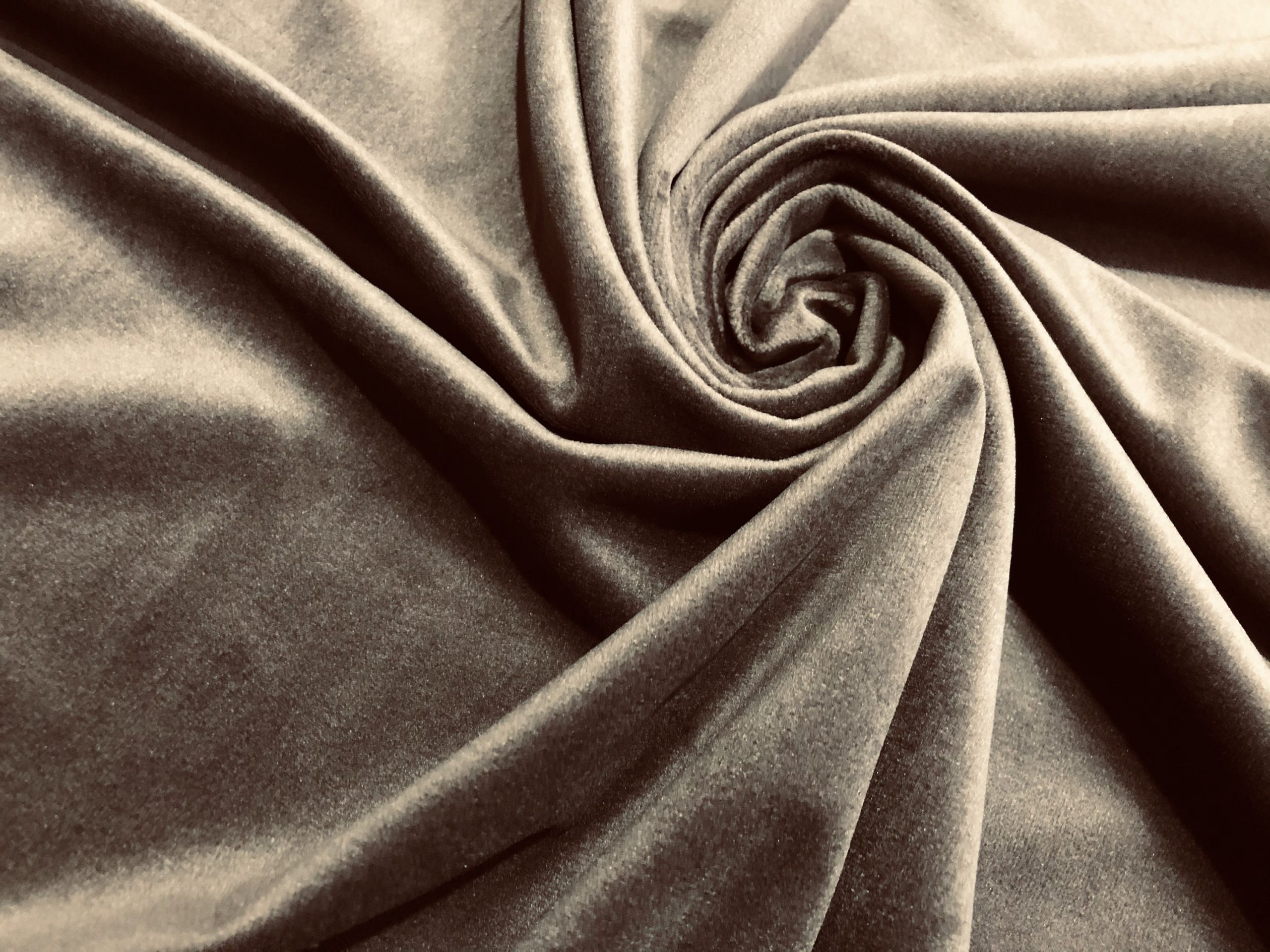
9. **Velour Tracksuits (The Cozy Glamour That Faded)**Stepping away from the digital realm and back into fashion, one can’t discuss early 2000s style without a nod to the iconic velour tracksuit. This comfortable yet undeniably glamorous ensemble became an unofficial uniform for celebrities and fashion-forward individuals alike, bringing a touch of luxurious loungewear into everyday life. It was a comfortable statement piece that redefined casual chic for a brief, shining moment.
The velour tracksuit was more than just activewear; it was a symbol of aspirational casual living. With its soft, plush fabric and often vibrant colors, it offered a blend of athletic comfort and celebrity-inspired flair. Whether it was a full matching set or just the zip-up hoodie, it exuded a sense of relaxed indulgence, making it a ubiquitous sight in paparazzi shots and on high street shoppers. The context notes it was a “revival of 1980s fashion trends such as velour tracksuits in the early 2000s.”
Like many intensely popular fashion revivals, the velour tracksuit’s moment in the spotlight was ultimately fleeting. Its undeniable charm and comfort were eventually superseded by new trends and evolving aesthetics. What was once a pinnacle of cool slowly transitioned into a symbol of a bygone era.
For true collectors of ’00s fashion, the velour tracksuit remains a cherished, if slightly retired, piece of history. It reminds us of a time when comfort and ostentation could perfectly coexist, a fashion “flop” only in its eventual departure from mainstream dominance, but a triumph in its cultural memory.
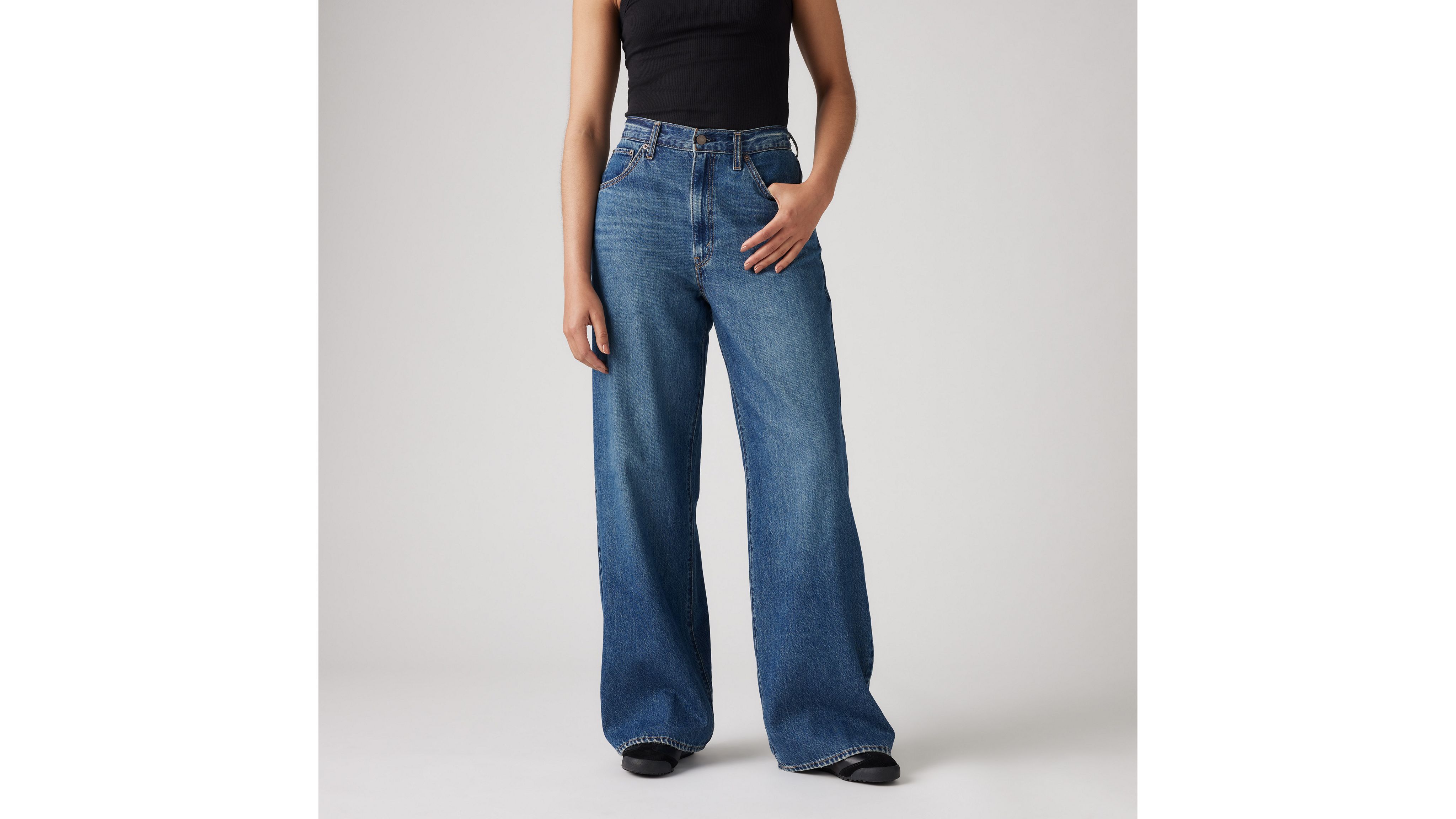
10. **Baggy Cargo Pants (The Utilitarian Trend That Lost Its Way)**From tracksuits, we transition to another dominant lower-body fashion statement of the early to mid-2000s: baggy cargo pants. These pants, characterized by their loose fit and multiple, often oversized, pockets, were a ubiquitous sight across genders and age groups. They offered a blend of practicality and laid-back cool that resonated deeply with the decade’s casual aesthetic.
Baggy cargo pants were the epitome of functional fashion. Their generous cut provided comfort and ease of movement, while the array of pockets made them incredibly practical for carrying everything from flip phones to CDs. They were a versatile staple, easily paired with crop tops (as we discussed in Section 1), chunky sneakers, or simple graphic tees, contributing to the era’s distinctly relaxed vibe. The context states, “Baggy cargo pants were extremely popular among both es throughout the early and mid 2000s.”
However, even the most comfortable and practical trends have their expiration date. The context clearly delineates this shift, noting that baggy cargo pants remained popular “until about late 2007.” As the decade drew to a close, fashion sensibilities began to shift towards more fitted silhouettes and streamlined designs.
The eventual fading of baggy cargo pants marks them as another quintessential ’00s “flop” in terms of lasting fashion appeal. They represent a specific era’s embrace of comfort over sleekness, a time-capsule item that a true collector would instantly recall as a once-essential part of their wardrobe.
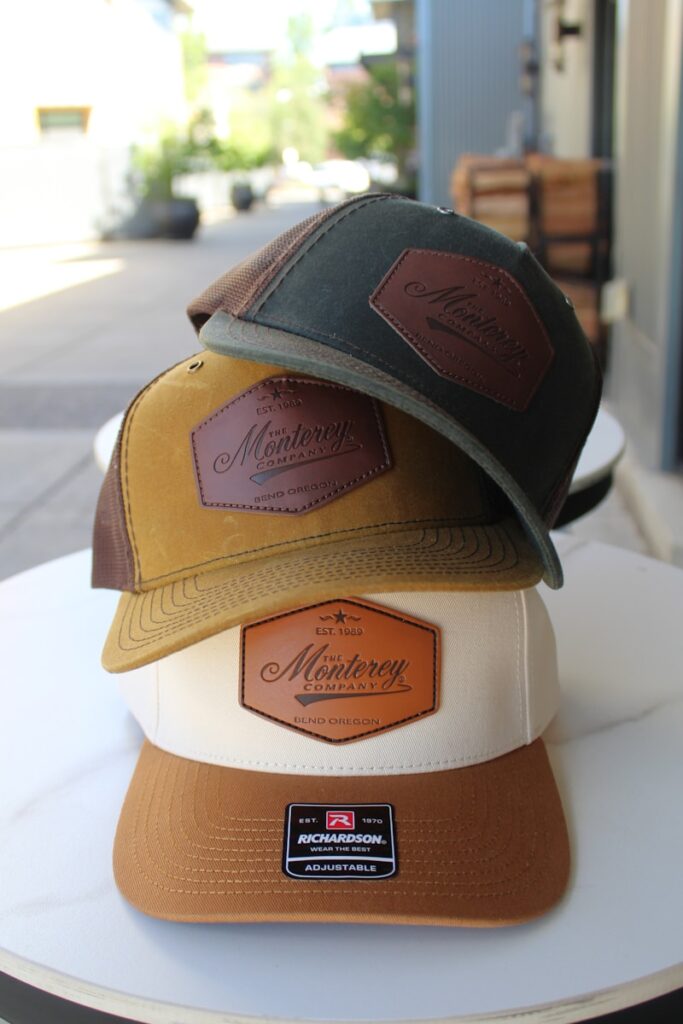
11. **Trucker Hats (The Unlikely Style Icon’s Short Reign)**What’s an early to mid-2000s outfit without the perfect accessory? For many, that meant a trucker hat. These mesh-backed caps, originally associated with, well, truck drivers and rural workwear, unexpectedly burst onto the mainstream fashion scene, becoming a defining piece of headwear for a significant portion of the decade. They were everywhere, adorning the heads of pop stars, reality TV personalities, and everyday trendsetters.
The appeal of the trucker hat lay in its effortlessly casual, slightly rebellious vibe. It lent an air of approachable cool, often featuring bold logos, ironic slogans, or brand names. Its mesh back also provided a comfortable, breathable option, making it a practical choice for sunny days or simply for completing a laid-back look. The context mentions, “Trucker hats became popular in the early-to-mid 2000s,” confirming their prominent, albeit specific, timeframe.
Despite their widespread popularity, the trucker hat’s moment as a fashion darling was destined to be fleeting. Like many highly specific trends, its ubiquity eventually led to its decline as fashion cycles moved on. What was once cool became overexposed, making it a signature “flop” in the sense of its rapid rise and subsequent retreat from high-fashion status.
For those who lived through the noughties, the trucker hat remains a vivid emblem of the era’s unique blend of ironic fashion and celebrity-driven trends. Spotting one today instantly transports you back, proving it’s a true collector’s item for anyone nostalgic for that distinct early-to-mid ’00s style.

12. **”Geek Chic” Eyewear (The Brainy Accessory That Became a Caricature)**Fashion in the 2000s wasn’t just about low-rise jeans and flashy accessories; it also had its moments of playful subversion. Enter “geek chic,” a minor yet memorable fashion trend that emerged in the mid-2000s. At its heart were oversized black horn-rimmed glasses, which became an unlikely symbol of cool for a brief, intriguing period.
The essence of “geek chic” was deliberately adopting a look that was once considered unfashionable. The context describes it as a trend “in which young individuals adopted stereotypically ‘geeky’ fashions, such as oversized black Horn-rimmed glasses, suspenders/braces, and highwater trousers.” These glasses, often worn with non-prescription lenses or even no lenses at all, quickly became the defining element, allowing people to project an intelligent, quirky aesthetic.
Celebrities were quick to embrace this new, ironic fashion statement. The context notes that media identified various public figures, including David Beckham, Justin Timberlake, and Myleene Klass, as “trying geek” or “going geek” for sporting these distinct frames. It was a conscious effort to challenge conventional notions of attractiveness, turning a traditionally “nerdy” item into a coveted accessory.
However, as a “minor fashion trend,” “geek chic” eyewear, while memorable, didn’t have the staying power of more foundational styles. Its highly specific nature meant it was more of a novelty that eventually faded. It became less about ironic sophistication and more about a fleeting, easily recognizable look. Today, these glasses evoke a specific mid-2000s moment, making them a “flop” in terms of long-term fashion relevance, but a fascinating collector’s item for those who remember its brief, quirky reign.
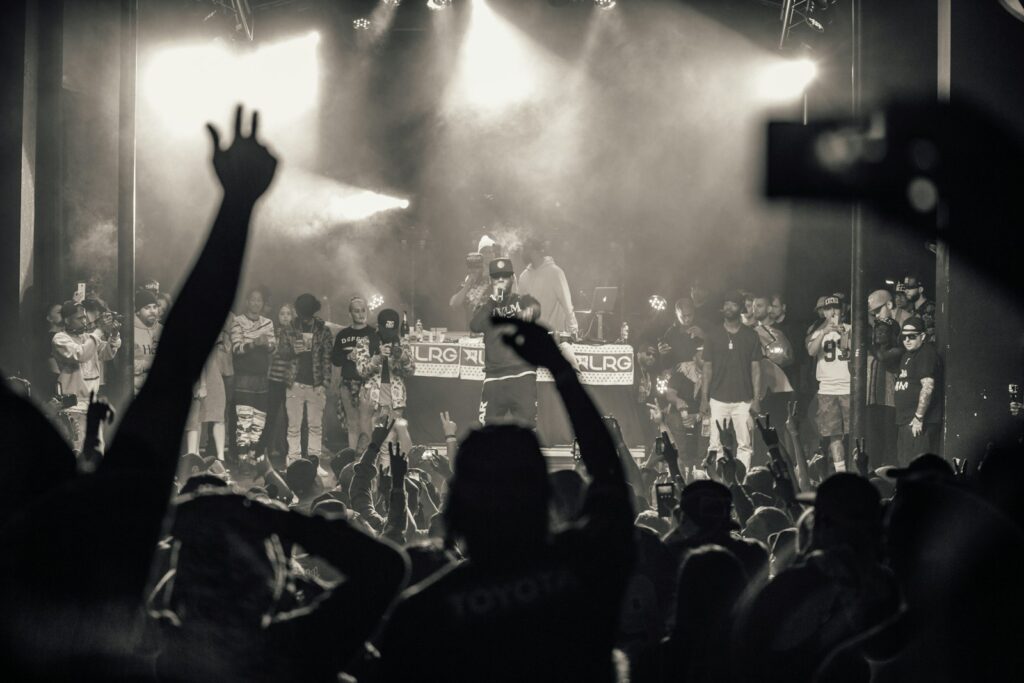
13. **The “Bling Era” of Hip Hop (The Opulent Aesthetic That Evolved)**Hip hop culture experienced a significant commercial peak in the 2000s, and a defining characteristic of this era was the “bling era.” This subgenre and aesthetic, deeply rooted in opulence and material commodities, exploded into mainstream consciousness, influencing not just music but also fashion and lifestyle across the globe. It was a time of unapologetic display, showcasing success through extravagant possessions.
The “bling era” nomenclature itself came from B.G.’s 1999 single “Bling Bling,” and the style permeated the early-to-mid part of the decade. The context notes, “Much of 2000s hip hop was characterized as the ‘bling era’… referring to forms of opulence and the material commodities that were popular from the early-to-mid part of the decade in hip-hop culture.” This was reflected in fashion, with “followers of Hip Hop wore oversized shorts, jewelry, NFL and NBA jerseys, pants, and T-shirts.” It was a bold, in-your-face declaration of status and achievement.
However, as with all dominant cultural trends, the “bling era” of hip hop was destined for evolution. While its influence left an indelible mark, its unbridled extravagance eventually gave way to new lyrical and aesthetic sensibilities. The context highlights this shift: “by the end of the decade, an antecedent emotional rap subgenre gained prominence, with musical projects like Kanye West’s fourth studio album 808s & Heartbreak (2008), Kid Cudi’s debut album Man on the Moon: The End of Day (2009), and Drake’s career catalyzing mixtape So Far Gone (2009) garnering significant popularity and ushering in a new era of hip hop.”
This pivot towards more introspective and emotional themes marked the “vanishing” of the “bling era” as the undisputed mainstream face of hip hop. While its legacy of aspirational luxury continues to influence, its specific form as the dominant style of the decade became a fascinating “flop,” evolving into something new. A true collector of ’00s music would recall the distinct sounds and visuals that defined this extravagant period before its transformation.
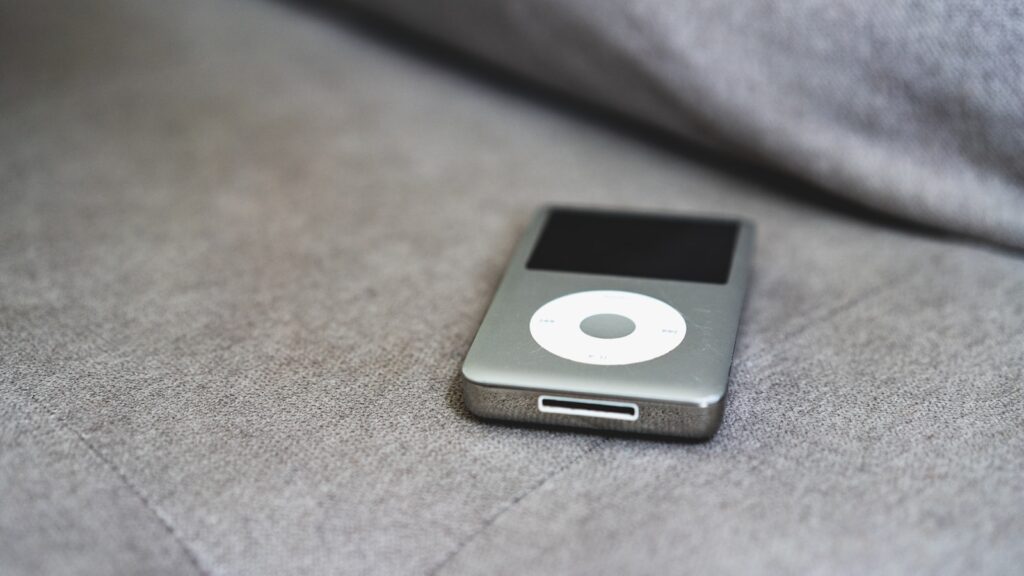
14. **Dedicated Digital Music Players (Beyond the iPod’s Initial Reign)**The 2000s truly revolutionized how we consumed music, largely spearheaded by the advent of digital music players. While the iPod quickly became the undisputed king of this new frontier, the broader category of dedicated digital music players, designed solely for carrying and playing tunes, represents a “vanished fail” in the sense of its once-essential form factor.
Before streaming was ubiquitous and smartphones were pocket computers, these devices felt like magic. Imagine carrying thousands of songs in your pocket, instantly accessible with a “click wheel” or a few button presses. The context reminds us that “iPods were digital music players that had click wheels and stored songs, the first iteration releasing in 2001.” This innovation single-handedly transformed personal music libraries, freeing us from the bulk of CDs.
These dedicated players, whether they were iPods or their numerous competitors, offered a singular, focused experience. Their batteries lasted for days, and their interfaces were designed purely for navigating music. They were standalone ecosystems for your soundtrack, a distinct piece of tech that served one glorious purpose: making your music mobile.
Yet, despite their groundbreaking impact and immense popularity, the very concept of a dedicated music player eventually became obsolete. The rise of the smartphone, integrating music playback alongside communication, internet access, and countless other functionalities, ultimately absorbed this category. While the iPod brand eventually transitioned, the *need* for a separate, single-purpose device for music largely evaporated, making the dedicated digital music player a “flop” in its original, ubiquitous form.
These devices are now cherished artifacts for those who remember their profound significance. They represent a crucial stepping stone in our digital lives, a ’00s innovation that, while wildly successful, ultimately “vanished” as technology consolidated.
And there you have it, a deeper dive into the glorious, sometimes goofy, and undeniably unforgettable ’00s! From the flickering screens of forgotten social networks to the audacious fashion statements and the evolving soundscapes, this decade was a whirlwind of change that left an indelible mark. These “vanished fails” and beloved “flops” aren’t just trivia; they’re the vibrant, often humorous, signposts of an era that continually shaped our world in unexpected ways. They remind us that what’s cutting-edge today can quickly become a collector’s item tomorrow. So, next time you’re feeling nostalgic, take a moment to appreciate these delightful relics—because only a true ’00s enthusiast could recall them all with such vivid detail!

